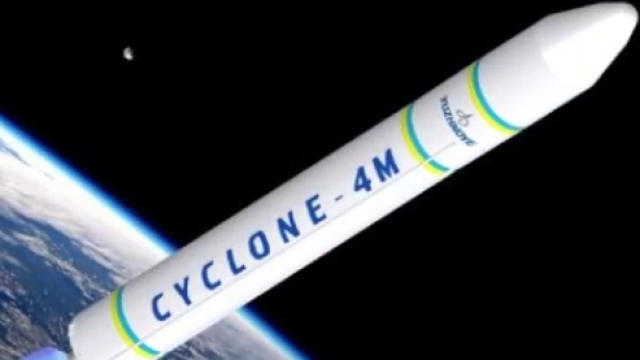Canada’s first commercial spaceport has submitted its proposal for environmental assessment, and is now awaiting approval from Nova Scotia’s environment minister to begin construction on the site that is expected launch its first rocket in 2021.

The environmental assessment study filed this week by Maritime Launch Services Ltd. references surveys of at-risk species in the area, such as mainland moose and bats.
The study, prepared by independent contractor Strum Consulting, also proposes mitigation efforts in the event of a fuel spill or launch failure, and cites consultations with local groups that might be affected by construction or potential pollution from the rocket launches.
READ: Developer pushes back construction of Canada’s only commercial spaceport
The Canso Spaceport Facility, located near the small community of Canso in eastern Nova Scotia, will be 20 hectares in size and is aimed at attracting firms that want to put satellites into orbit for commercial purposes.
The site will include a control centre, launch area and “horizontal integration facility,” where materials will be prepared for the launch and some propellants will be stored.
Stephen Matier, president and CEO of Maritime Launch Services, said he’s been encouraged by the feedback from locals so far, saying he’s received “healthy skepticism, but acceptance and interest” from the people he’s spoken to.
“They’ve asked good questions and we’ve been giving them answers. I’ve been pretty pleased with their overall support,” said Matier.
WATCH: Rocket science creating jobs in Nova Scotia town

Matier says the company is on track to start construction by the end of this year. The current proposal suggests launching up to eight rockets per year.

Get daily National news
Peter Duinker, a professor of resource and environmental studies at Dalhousie University in Halifax, says the company seems to have documented a thorough consultation process.
But Duinker says the public should continue to ask questions about the unusual, high-tech project.
“The proponent’s done a bang-up job of consultation, knowing that that’s the way to help people reduce their anxiety about novel things – and this is so novel for Nova Scotia,” Duinker said.
“It’s not like a little bit of seismic testing out on the ocean floor or a new wind farm. All of us who follow resource development have a feeling for what a wind farm looks like because we have so many. But here comes a spaceport rocket launch facility, and we don’t have a clue, most of us.”
READ: Proposed N.S. spaceport a potential threat to migratory birds, researcher says
Ginny Boudreau, manager of the Guysborough County Inshore Fishermen’s Association in Canso, said the association is still combing through the lengthy report filed July 4.
“The learning curve here for rocket launching is huge as we are experts in the fishing industry, not rockets,” Boudreau wrote in an email.
Boudreau said so far, the organization has had three meetings with the Maritime Launch Services, saying “many of our questions have been answered by MLS to our satisfaction.”
Some potential issues include interruption to the lobster fishing season.
Boudreau said that the association has participated in environmental assessments before, but the fishermen are taking the time to thoroughly assess the considerations that come with having a rocket launch site next door.
“This one will take a bit of time to formulate the right questions and develop a relationship with MLS for information and coexistence if this goes forward,” Boudreau said. “But we see a real effort on their part to do this.”
Michael Byers, a political science professor at UBC, says he supports building a spaceport in Nova Scotia, but expressed concern over the use of a fuel called unsymmetrical dimethylhydrazine, or UDM. The chemical has caused environmental damage in Kazakhstan and Russia.
Byers said use of the fuel in the launch’s second stage is a good step, but not as safe as it could be, saying the risk of a spill while transporting the fuel are “presumably quite small, but not zero.”
Provincial Environment Minister Margaret Miller is expected to pass judgment on the plan by Aug. 23, and the public is invited to comment on the proposal by Aug. 3.
Spokesperson Brian Dunn said all public comments submitted through the process are carefully reviewed.







Comments